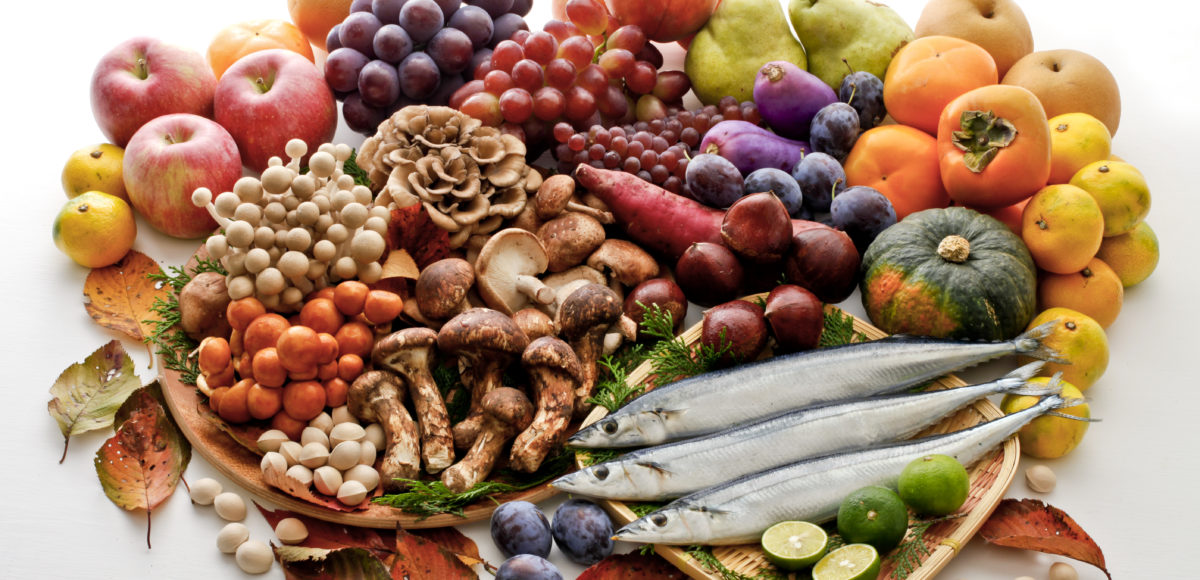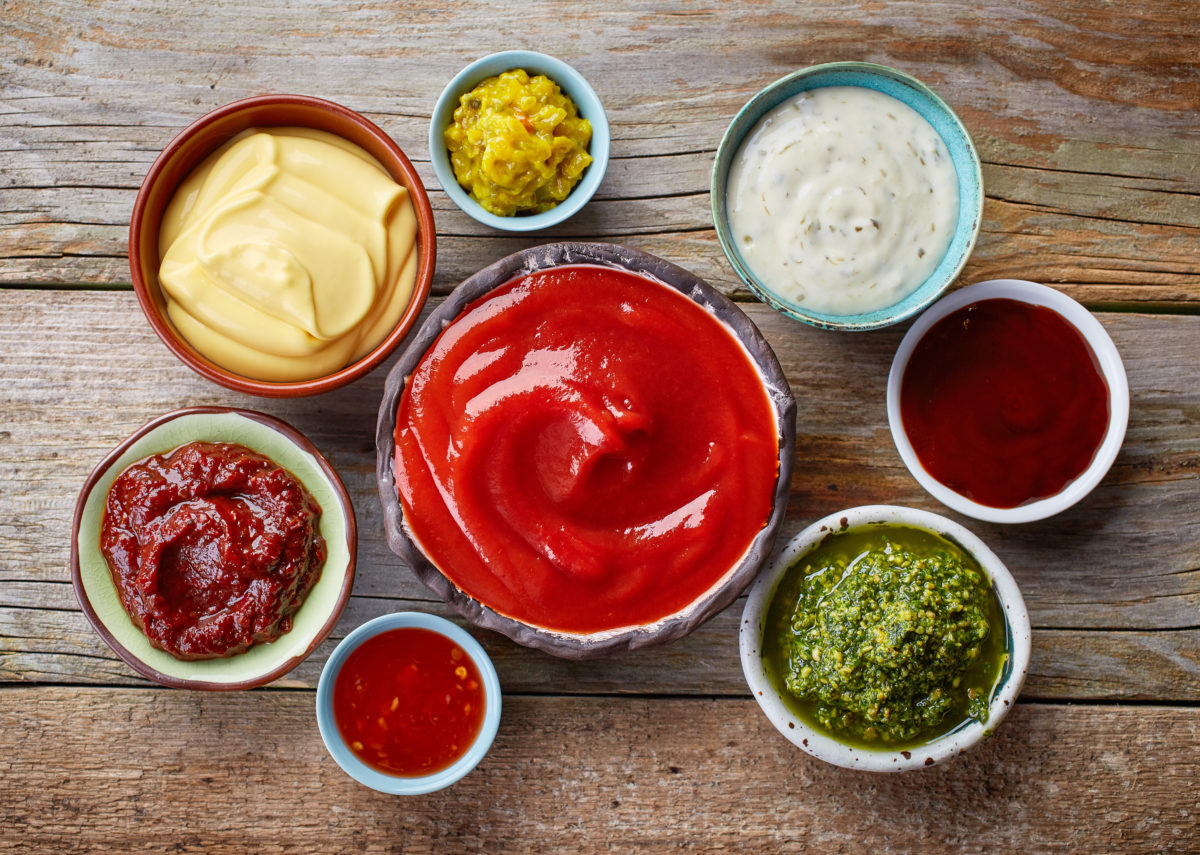Americans are heavier than ever—so what’s our problem? We are confused! We have so much information thrown at us, so many diets touted as THE diet for you, our minds are spinning!
Read more about “Diet fads to avoid” here.
U.S. News & World Report just came out with the “Top 3 Diets for 2019.” Guess what? Nothing is extreme here, nothing is too difficult to follow, and none of them are actually a diet.
These are ways of eating in our confusing world of labels, claims, and advertising!
The common thread is that they are a way of eating—a lifestyle, not a diet. Which is why I’m thrilled to outline them here:
Mediterranean
Eat like you live near the Mediterranean sea—are there potato chip processing plants in Mykonos? No!
Yet, living in the Mediterranean means you are surrounded but fresh fish a plenty. Fish is the classic example of a lean protein—low in fat, high in quality protein, as well as healthy omega -3 fats.
Read more about adding fish to your diet here.
A cornerstone of this lifestyle is focusing on healthy fats—olives and avocados, olive oil dressing, and handfuls of nuts as snacks. I love this style of eating because there is no fear of fat if it’s good fat!
Read more about healthy fats here.
Of course, even the greeks enjoy a good piece of red meat now and then—living this way means BALANCE, not restriction!
With every meal here, focus on the produce: your morning eggs need veggies to bulk them up, your lunch and dinner can include salads and veggies prepared how you like them, with the least healthy foods appearing the least.
DASH
What sets this one apart is that it was developed for lowering blood pressure in our country.
So, the focus is on lower sodium foods which don’t usually come from a can or bag—again, WHOLE foods that haven’t been processed.
It also means incorporating foods higher in calcium and magnesium (which help keep sodium levels down), meaning low-fat dairy like cheese, yogurt, and milk.
Don’t get along with dairy? Swap for almond milk which is even higher in calcium.
Of course this includes lean proteins—heavy on the fish—as well as legumes, turkey, and chicken.
Lower red meat—limited! 1-2 times per week.
Note: Organic, grass-fed meat is best. Can’t afford it? Just have it less often! A good start for those who love their burgers is allowing yourself to have it once a week and replacing it other times with a turkey burger and some low fat cheese!
Again, tons of fruits and vegetables—these are the whole foods that should be the bulk of your plates!
Flexitarian Diet
A great name for a great lifestyle!
Flexitarians are basically VEGAN most of the time—tons of veggies and fruits make up the bulk of every meal.
Flexitarians get their healthy fats from nuts and seeds!
This plan is flexible—not rigid—it allows room for dairy and eggs and even a steak here and there—all less often than daily in general.
This focuses on the benefits from veganism—primarily a longer life! Vegans are expected to live 9 years longer (male) or 6 years longer (female) then non-vegans!
Flexitarians get the benefits of a plant-based diet without the restriction of “you can never have it.”
What do they all have in common?
They all focus on whole foods.
Grains can be included in all of these realistically—you just have to limit how much of the grains you eat—these are your calorie fillers.
Read more about moderation here.
REMEMBER: Choose the pattern that works for you:
What appeals most to you—what has worked for you in the past?
I incorporate a combination of all three of the above into my lifestyle and it’s worked for me for years, mostly because nothing is a solid “NO.”
Be realistic:
Your lifestyle needs to be sustainable—not a quick fix! It’s about choosing the life you want to live—and life should not be full of restrictions!
 English
English French
French German
German






